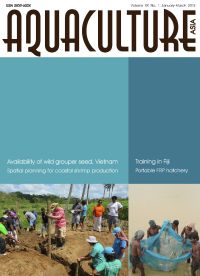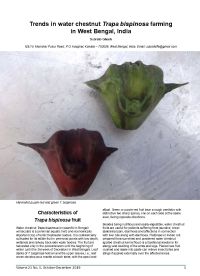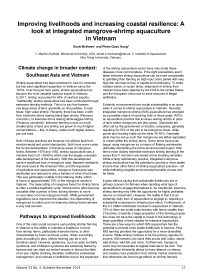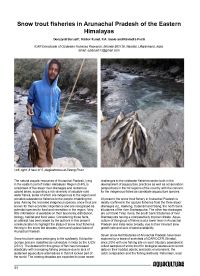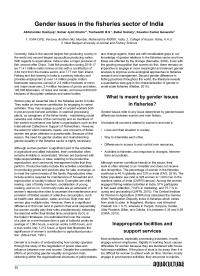Aquaculture Asia Magazine, October-December 2019
20 December 2019 | 13197 views | .pdf | 11.28 MB | Aquatic plants, Freshwater finfish, Gender, India, Livelihoods, gender and social issues, Shrimp, Vietnam
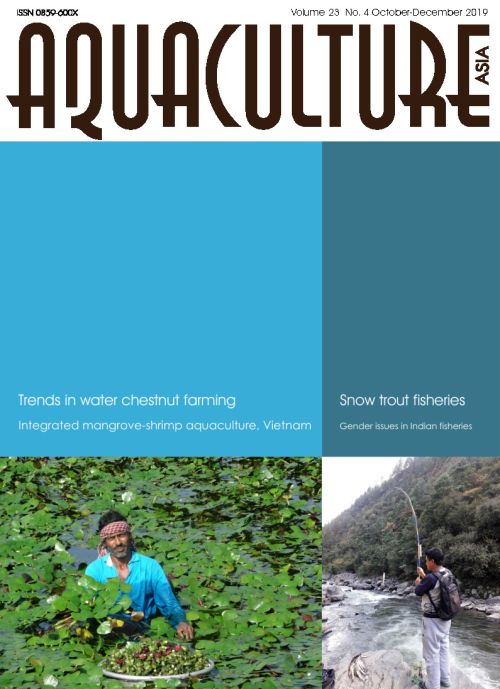
In this issue:
- Trends in water chestnut Trapa bispinosa farming in West Bengal, India
Subrato Ghosh - Improving livelihoods and increasing coastal resilience: A look at integrated mangrove-shrimp aquaculture in Vietnam
Scott McIlveen and Pham Quoc Hung - Snow trout fisheries in Arunachal Pradesh of the Eastern Himalayas
Deepjyoti Baruah, Kishor Kunal, P.A. Ganie and Ravindra Posti - Gender issues in the fisheries sector of India
Abhinandan Kashyap, Samar Jyoti Chutia, Yashwanth B.S., Bubul Sainary and Koustov Kumar Goswami - NACA Newsletter
Creative Commons Attribution.
